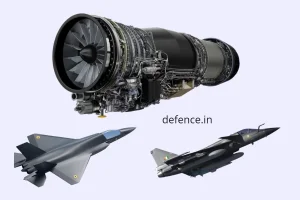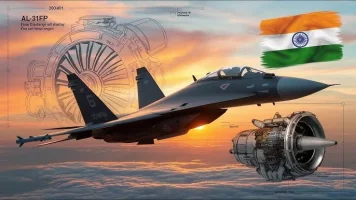- Views: 5K
- Replies: 29

The Indian Navy is poised to take a significant leap forward in its naval capabilities with the acquisition of the P17B frigates. As the successors to the Nilgiri-class frigates, these vessels are expected to bolster the Navy's frontline combat strength.
However, the project has raised eyebrows due to the staggering cost of $1.19 billion per ship, marking a 50% increase compared to the preceding P15B frigates.
This substantial price hike has ignited discussions among defence analysts, with some comparing the cost to acquiring a larger number of Talwar-class frigates.
The specific configuration of the P17B frigates remains classified, but projections indicate a more robust armament package, potentially including at least 48 vertical launch cells capable of deploying long-range surface-to-air missiles (LRSAM) with ranges exceeding 250 kilometers.
The escalated cost can be attributed to several factors. The inclusion of advanced technologies and an expanded weapon load significantly contributes to the price.
Furthermore, the project encompasses the cost of base and depot spares for the ships' entire lifespan, estimated to be between 20 and 25 years, accounting for approximately 15-20% of the total project cost.
Despite the elevated price tag, the P17B frigates represent a critical upgrade for the Indian Navy's firepower and capabilities. By acquiring these ships, the Navy aims to sustain its dominance in the region and effectively respond to emerging threats.


